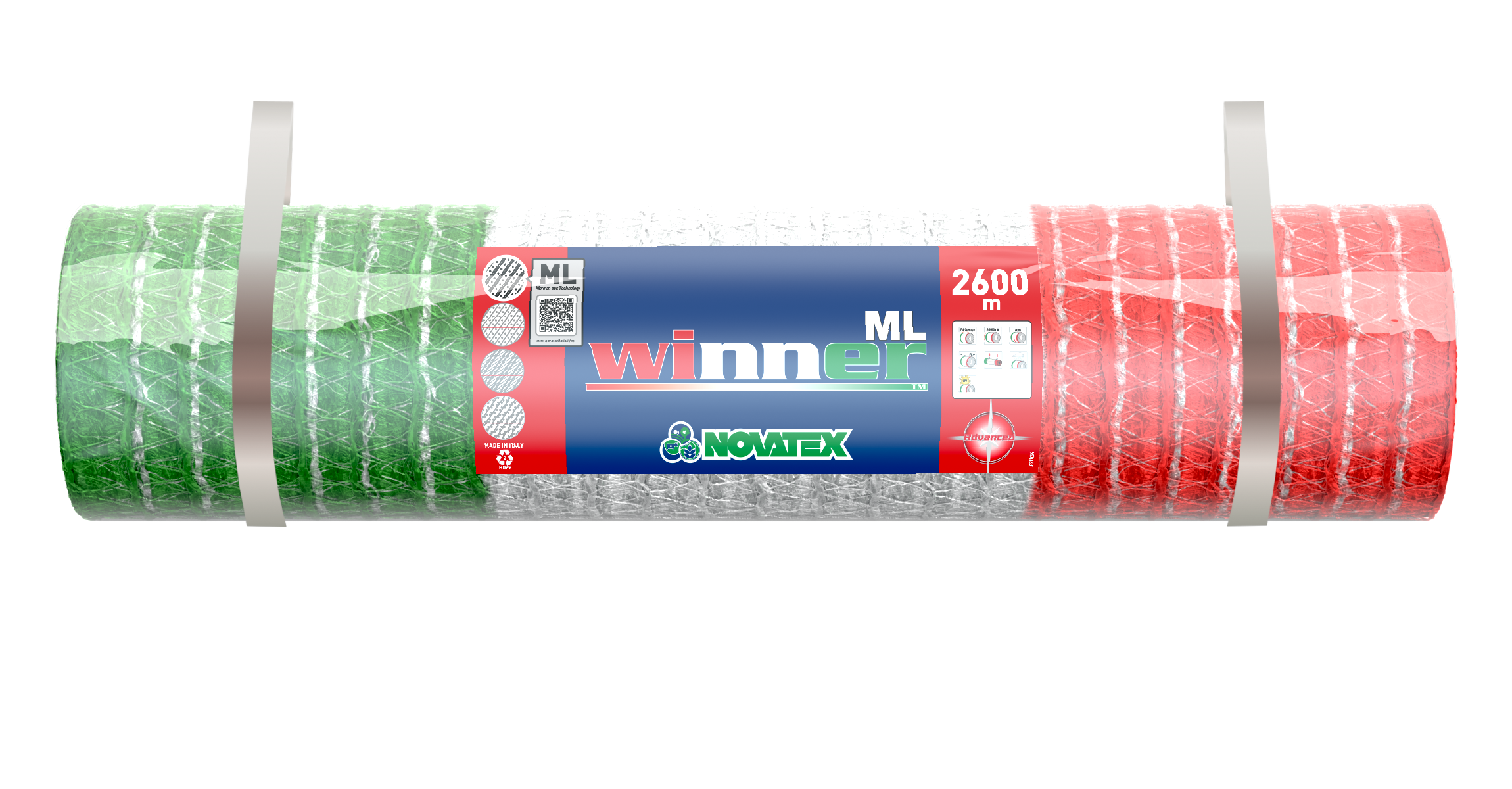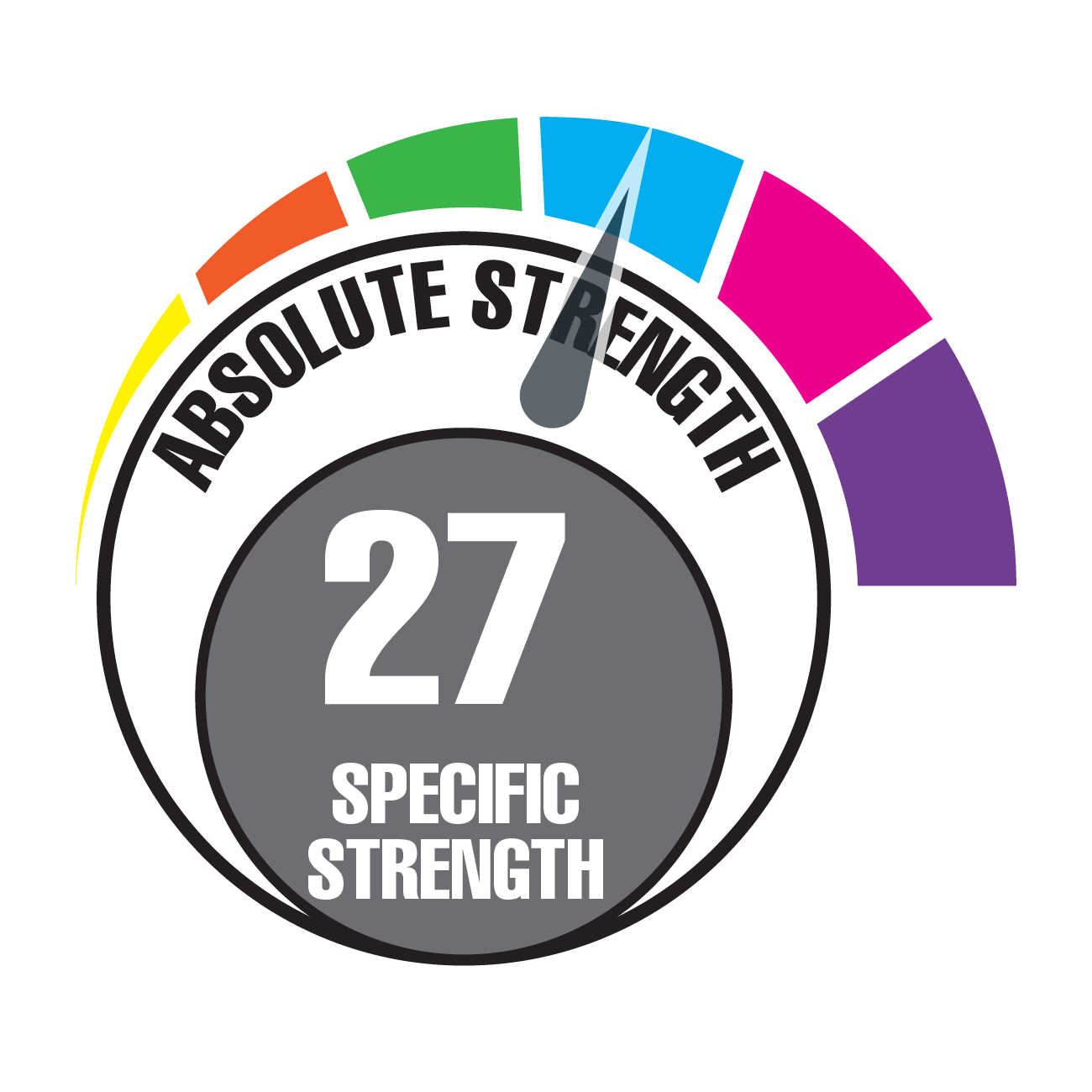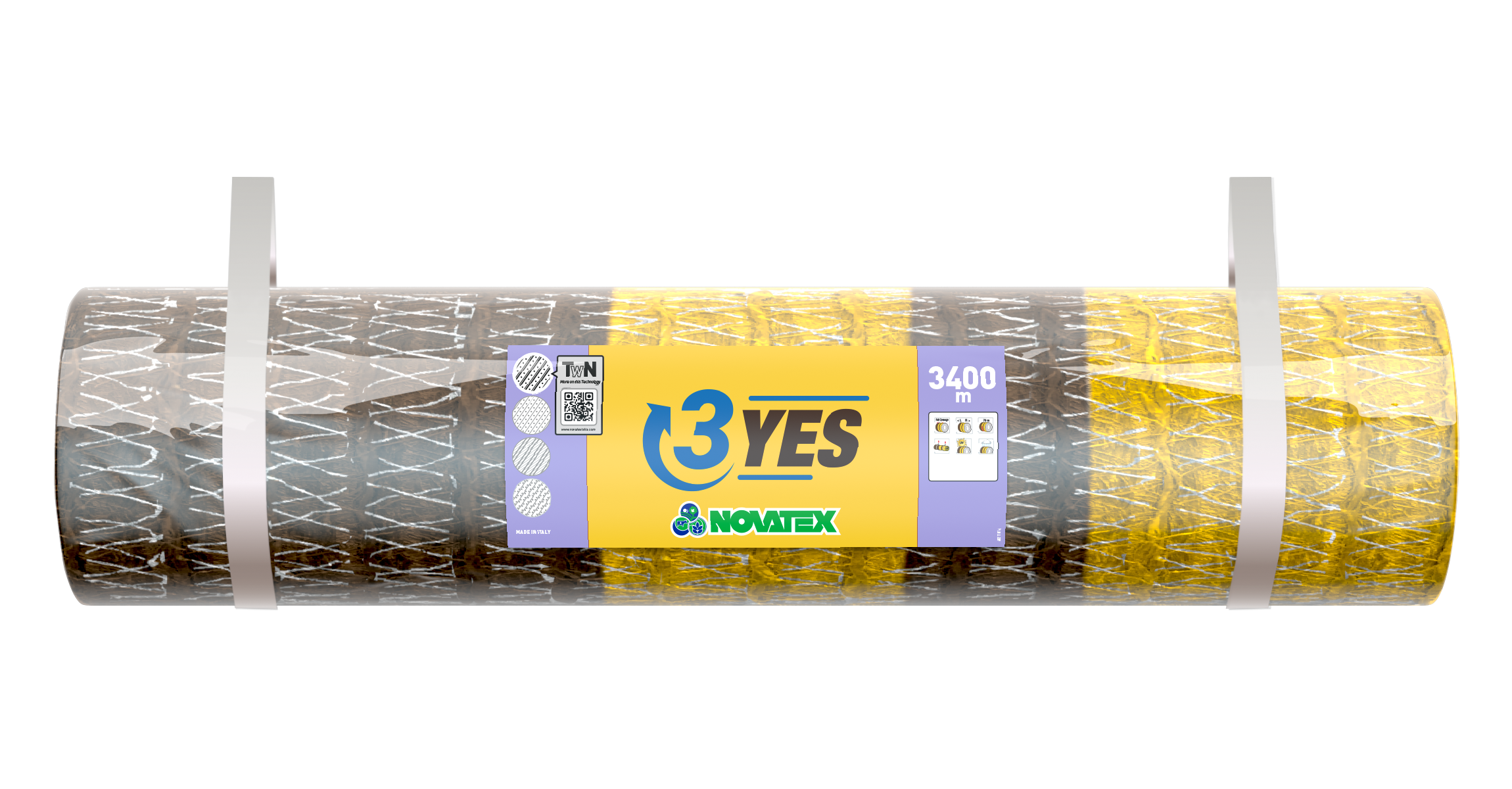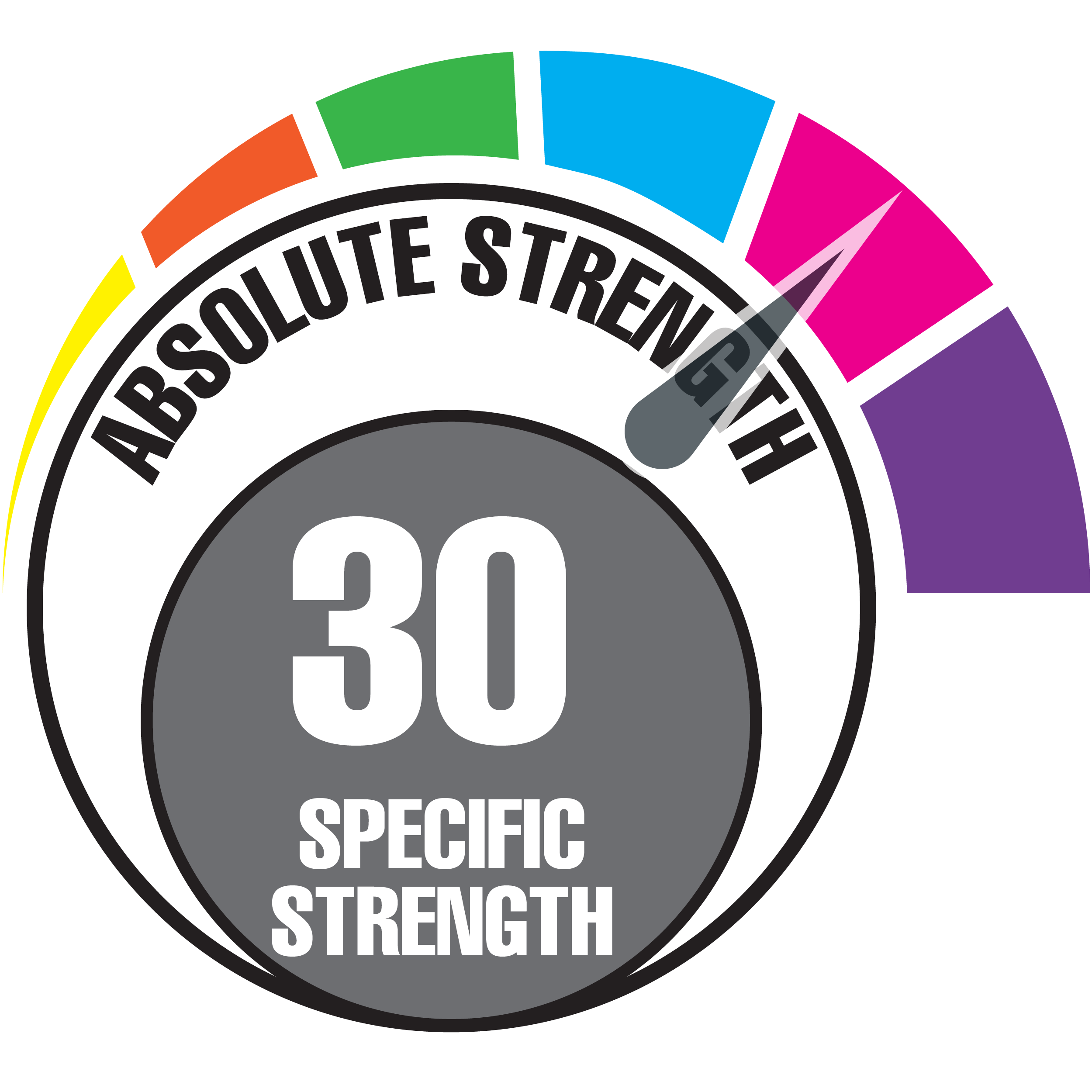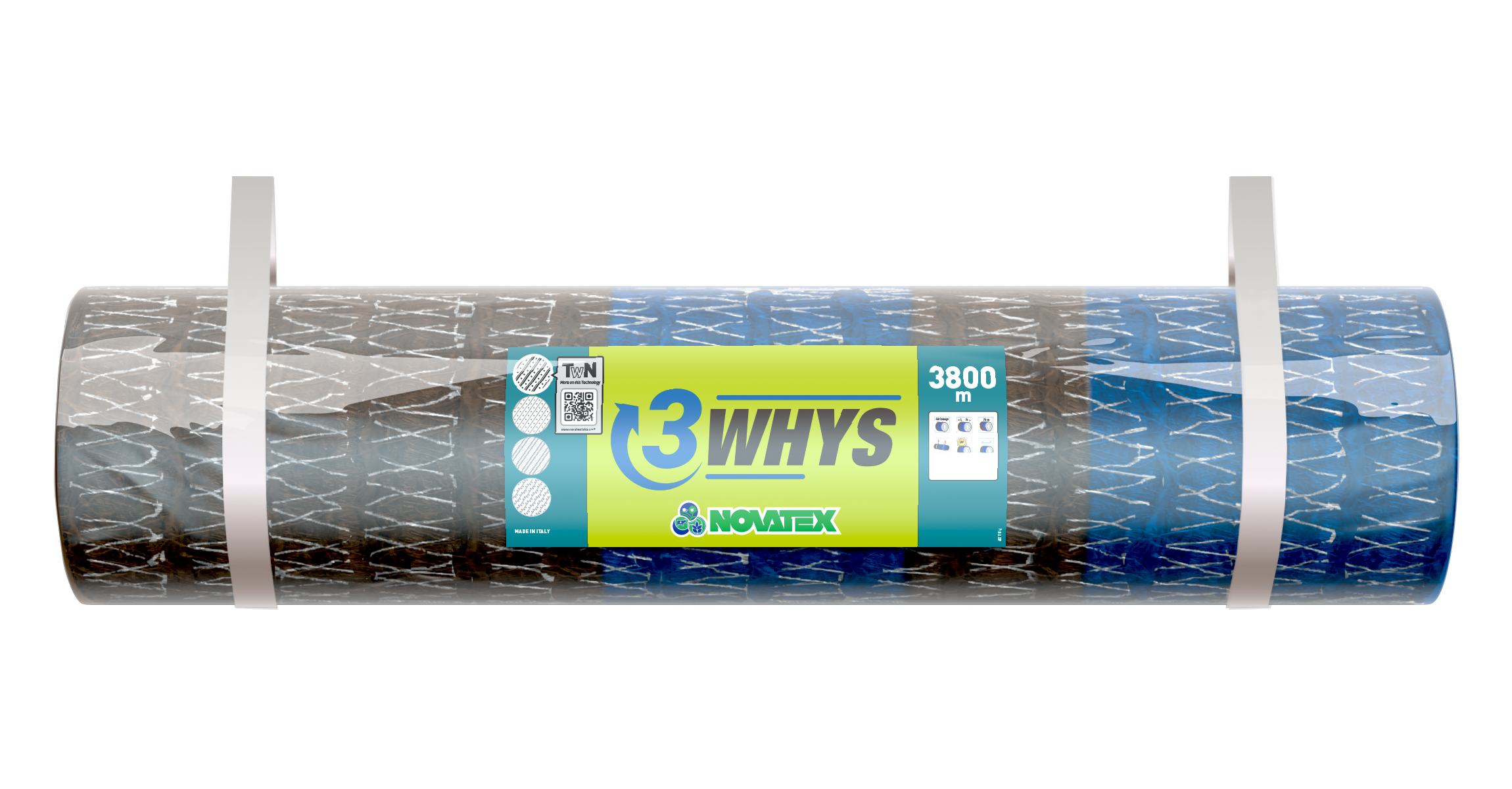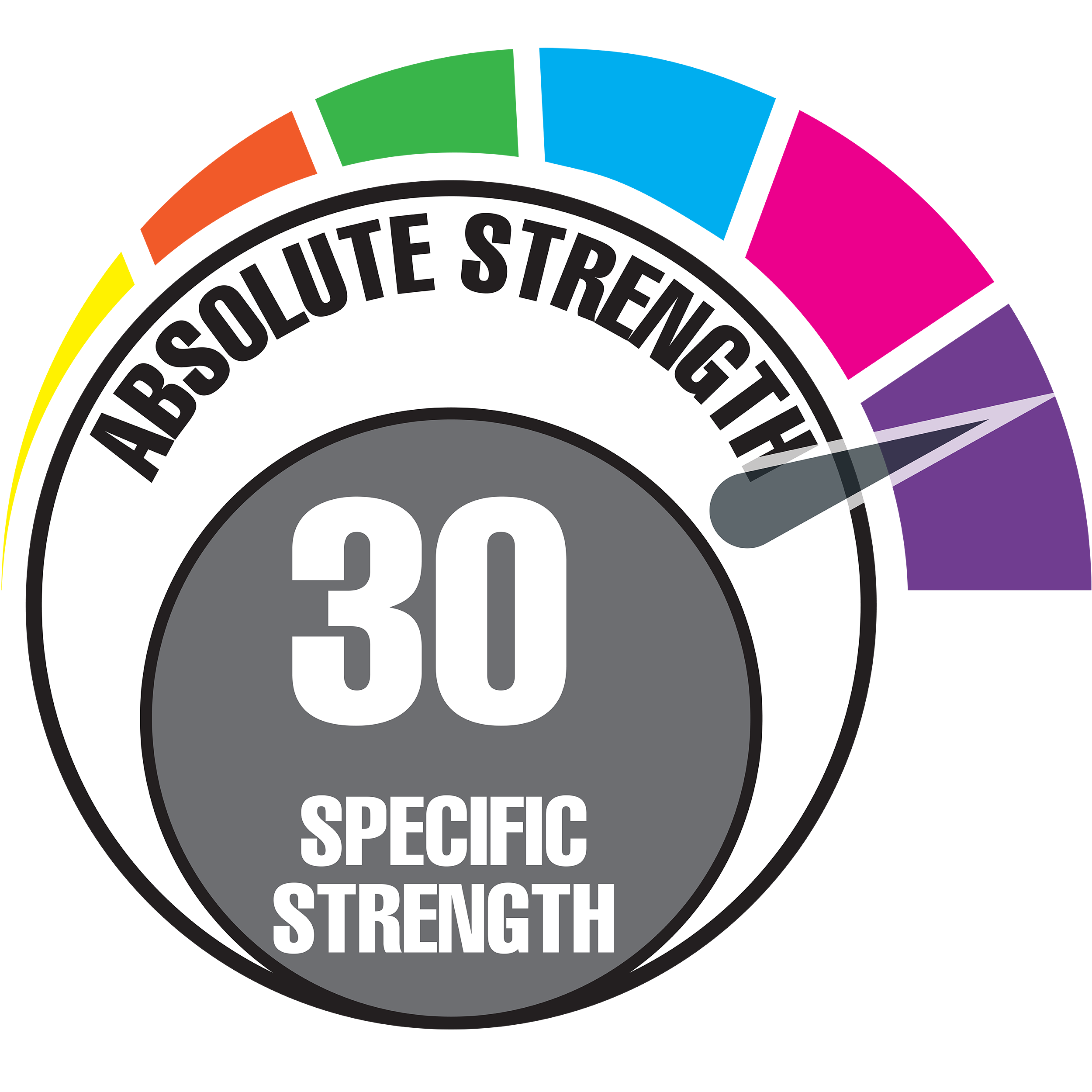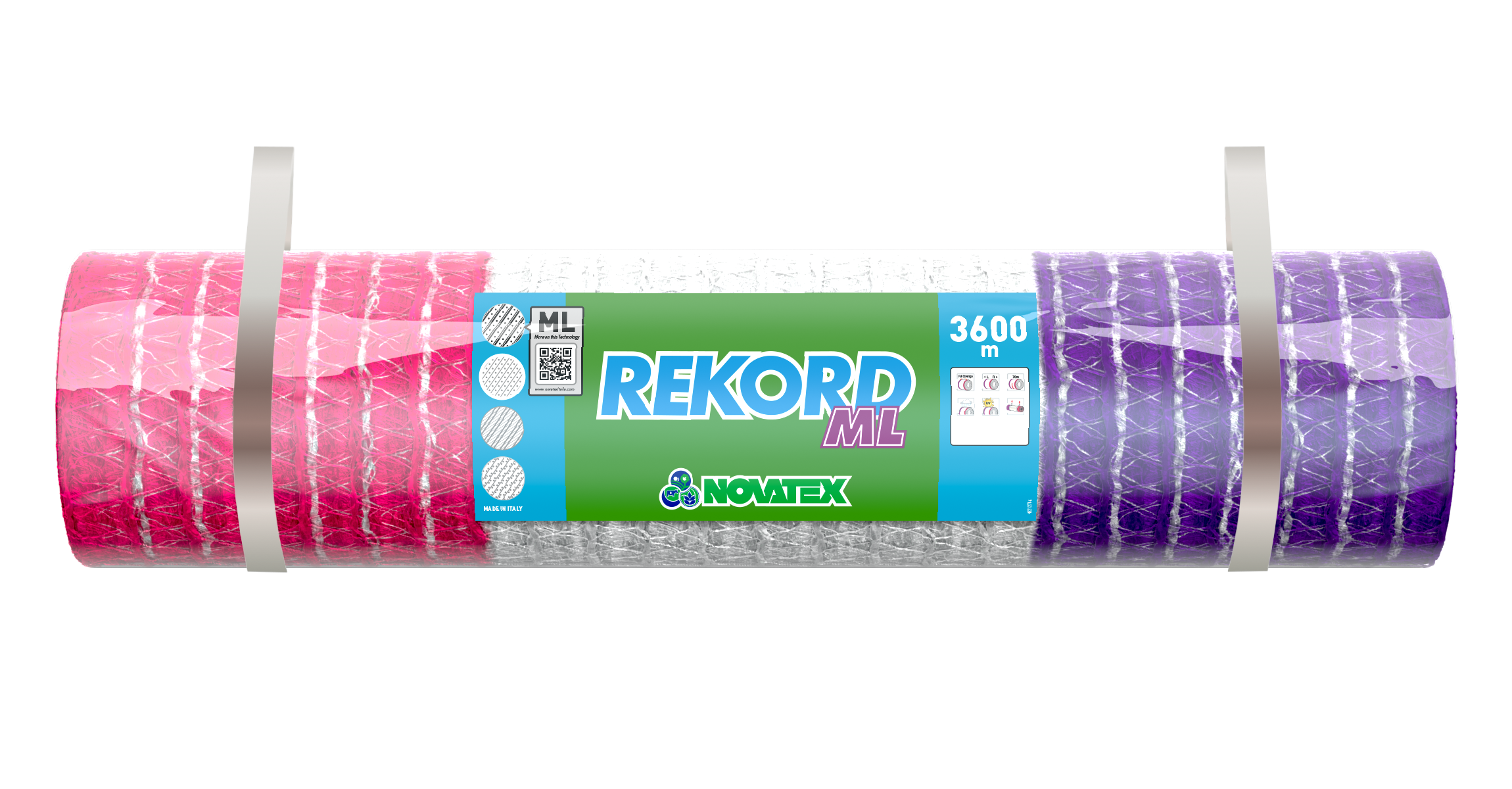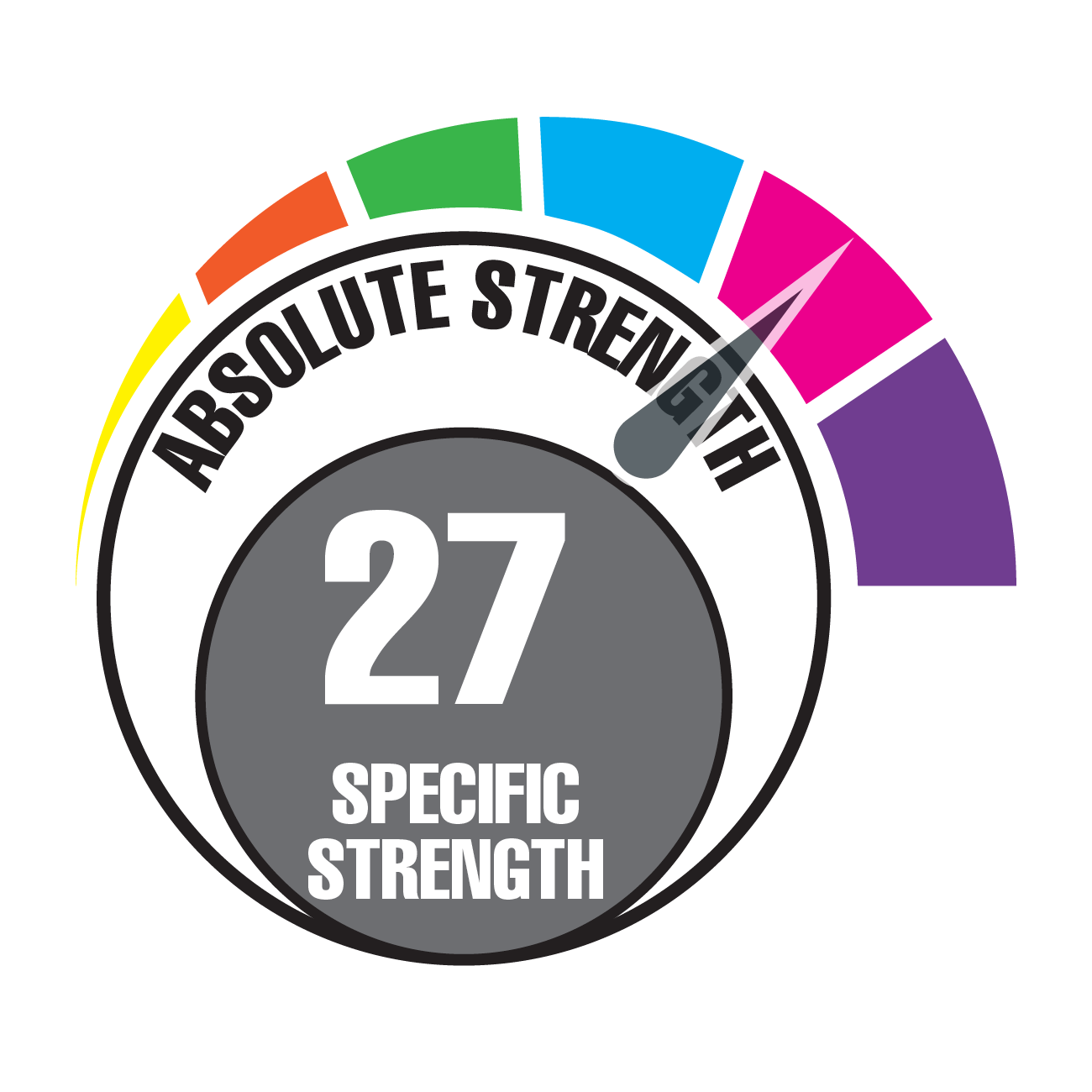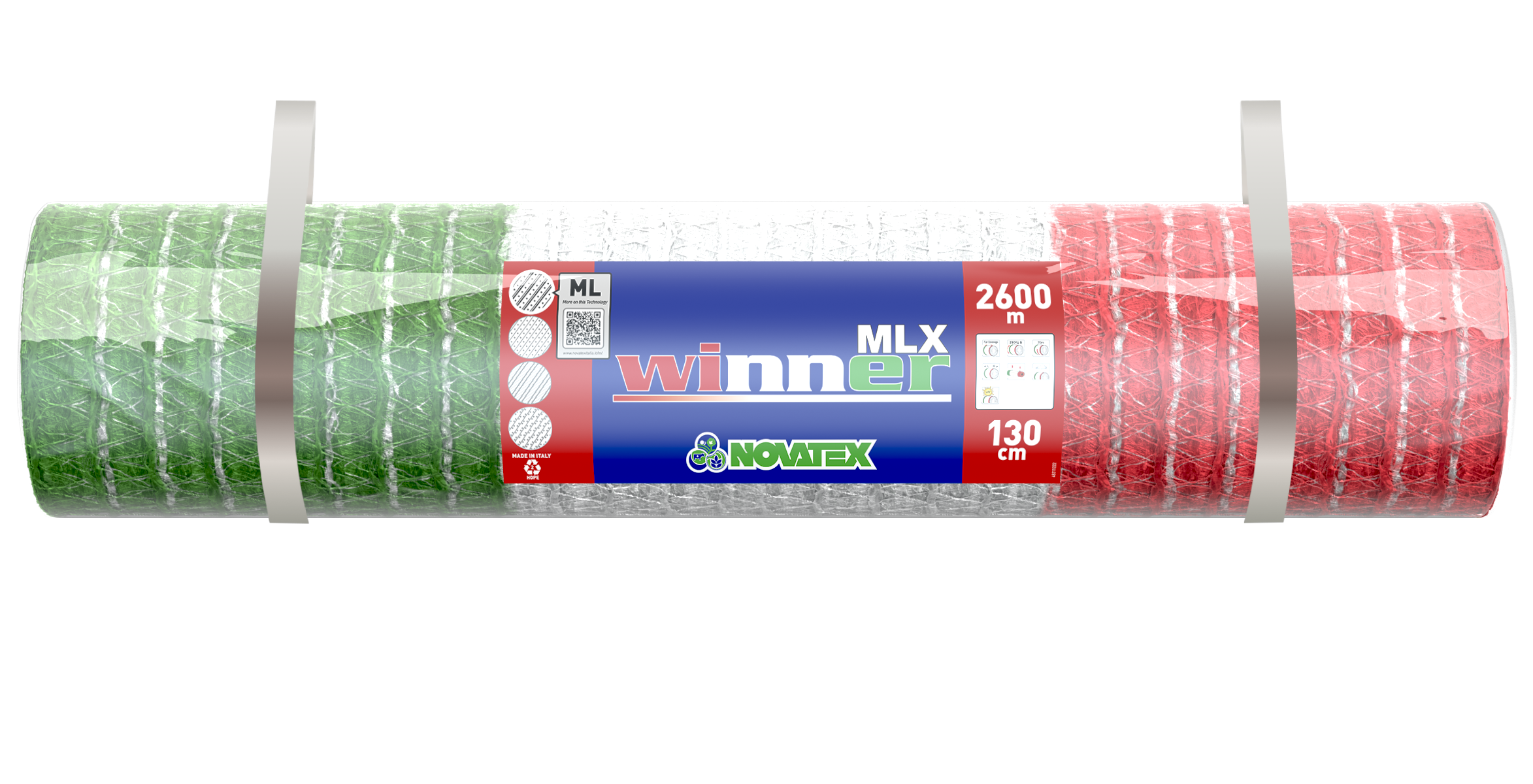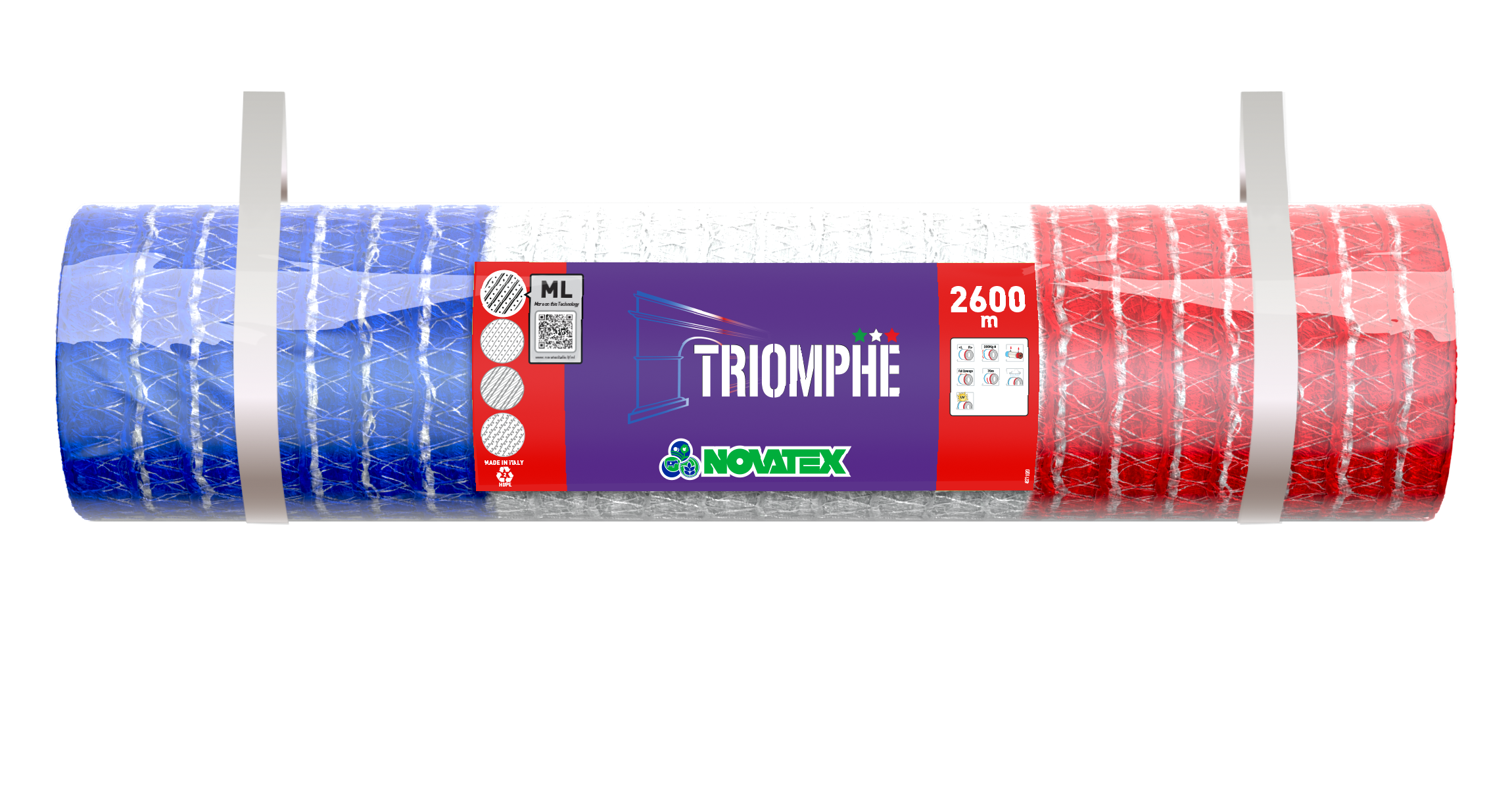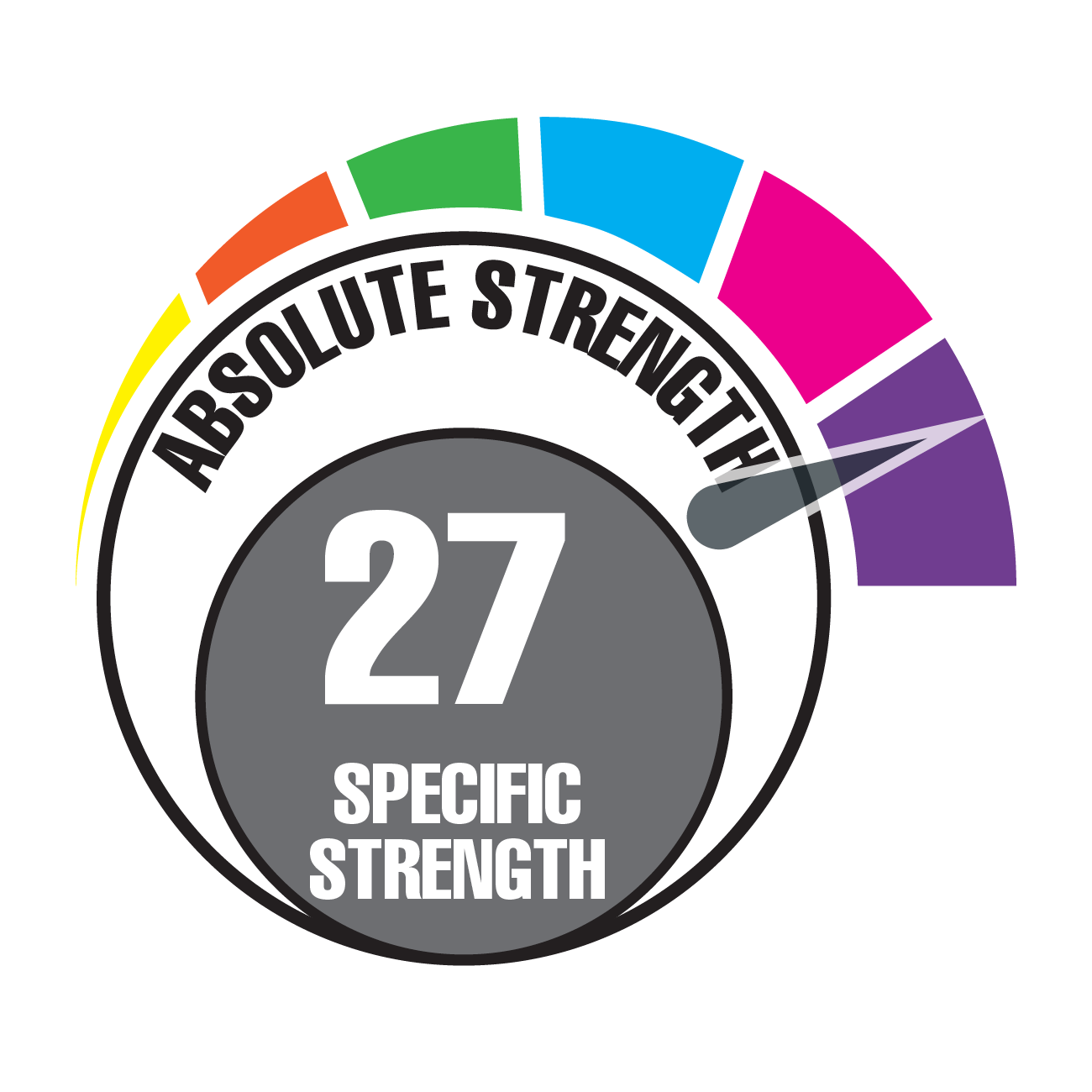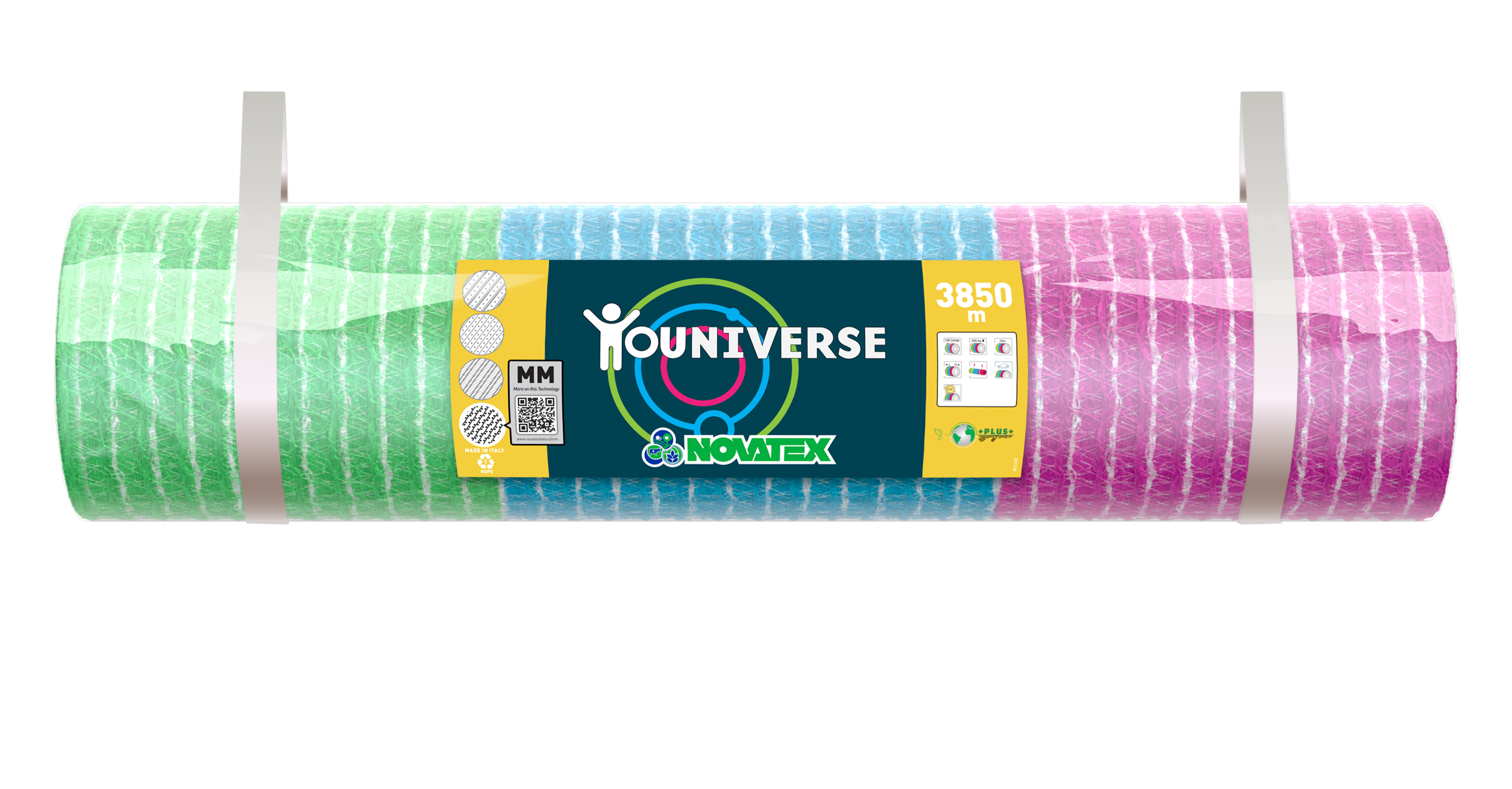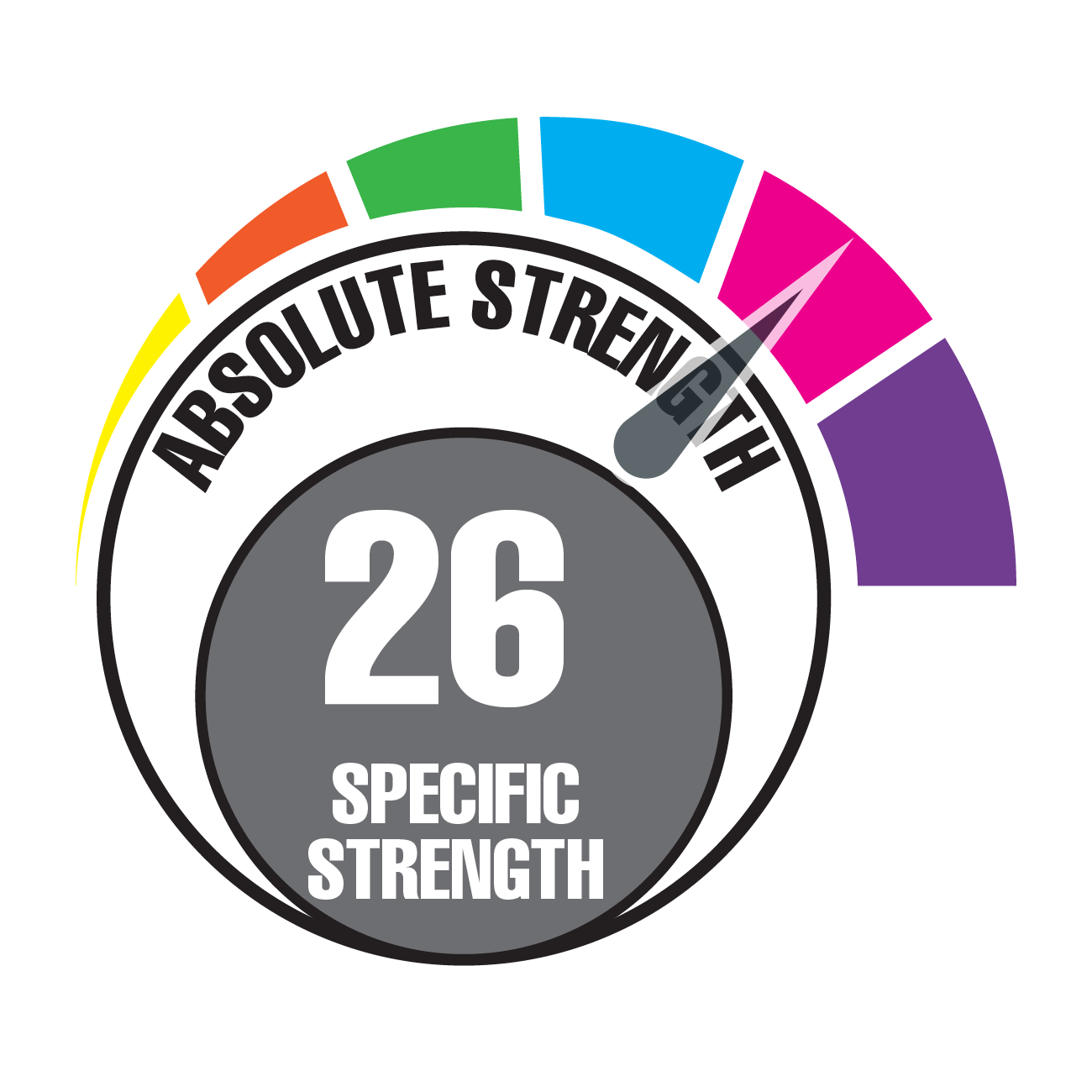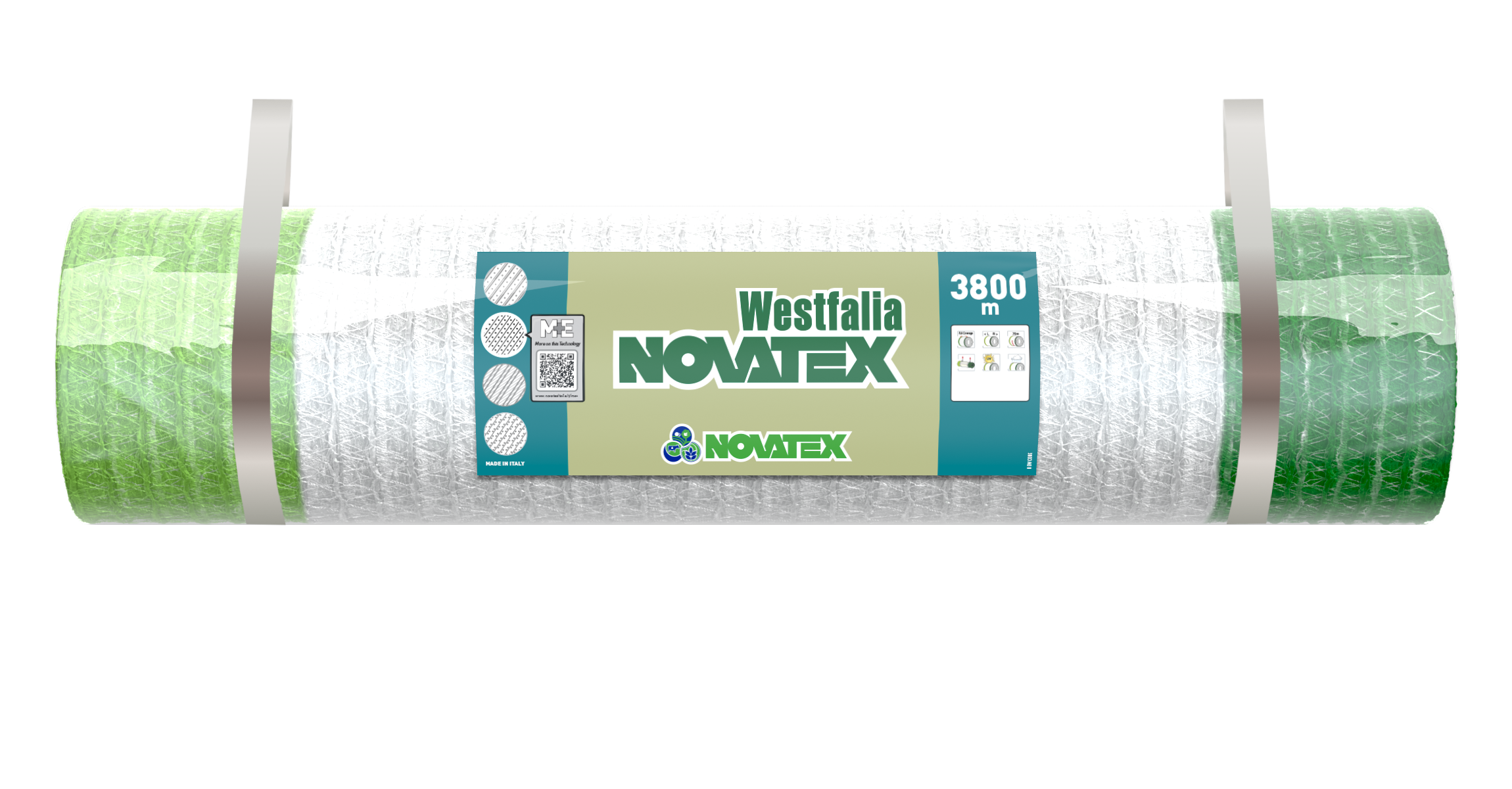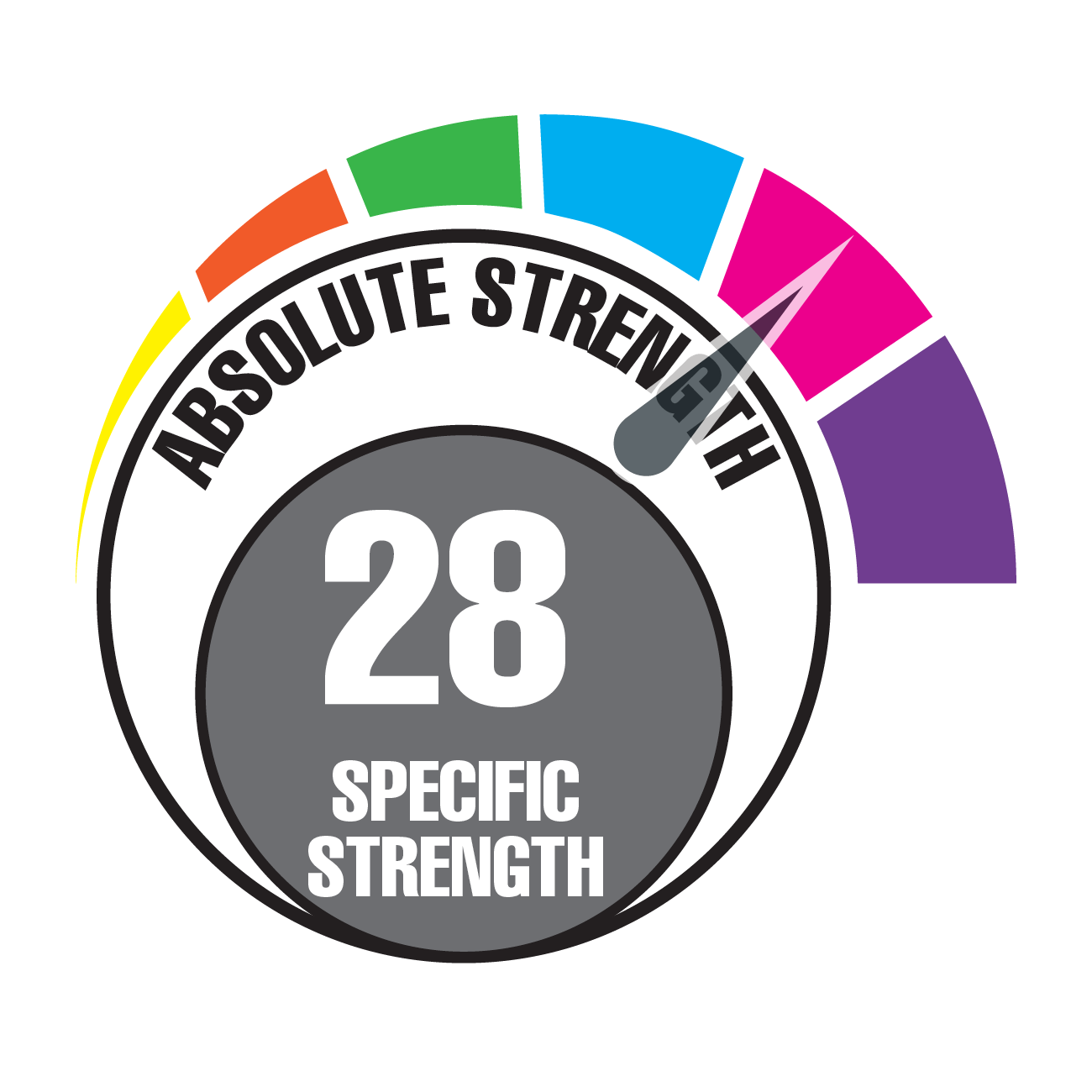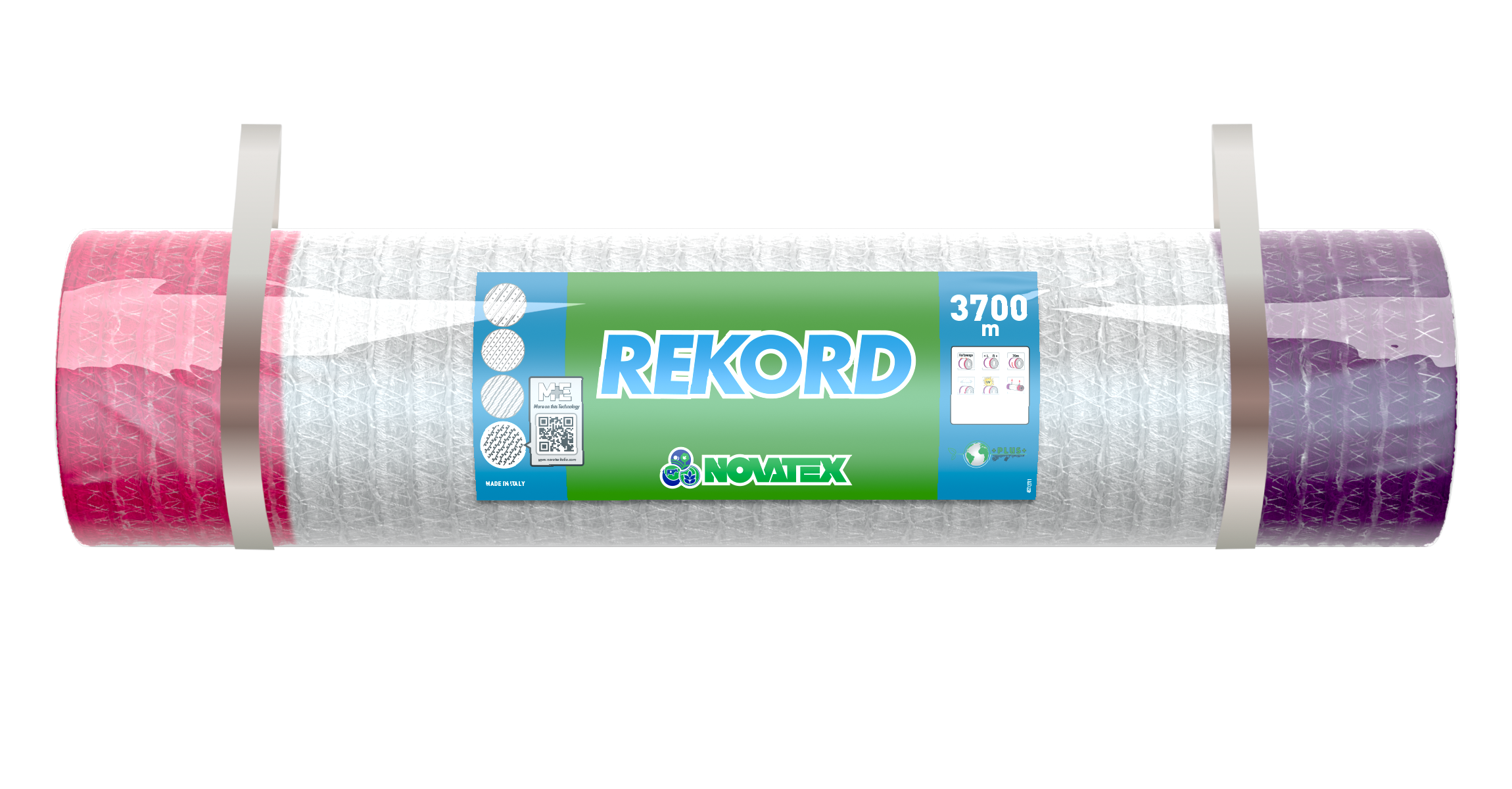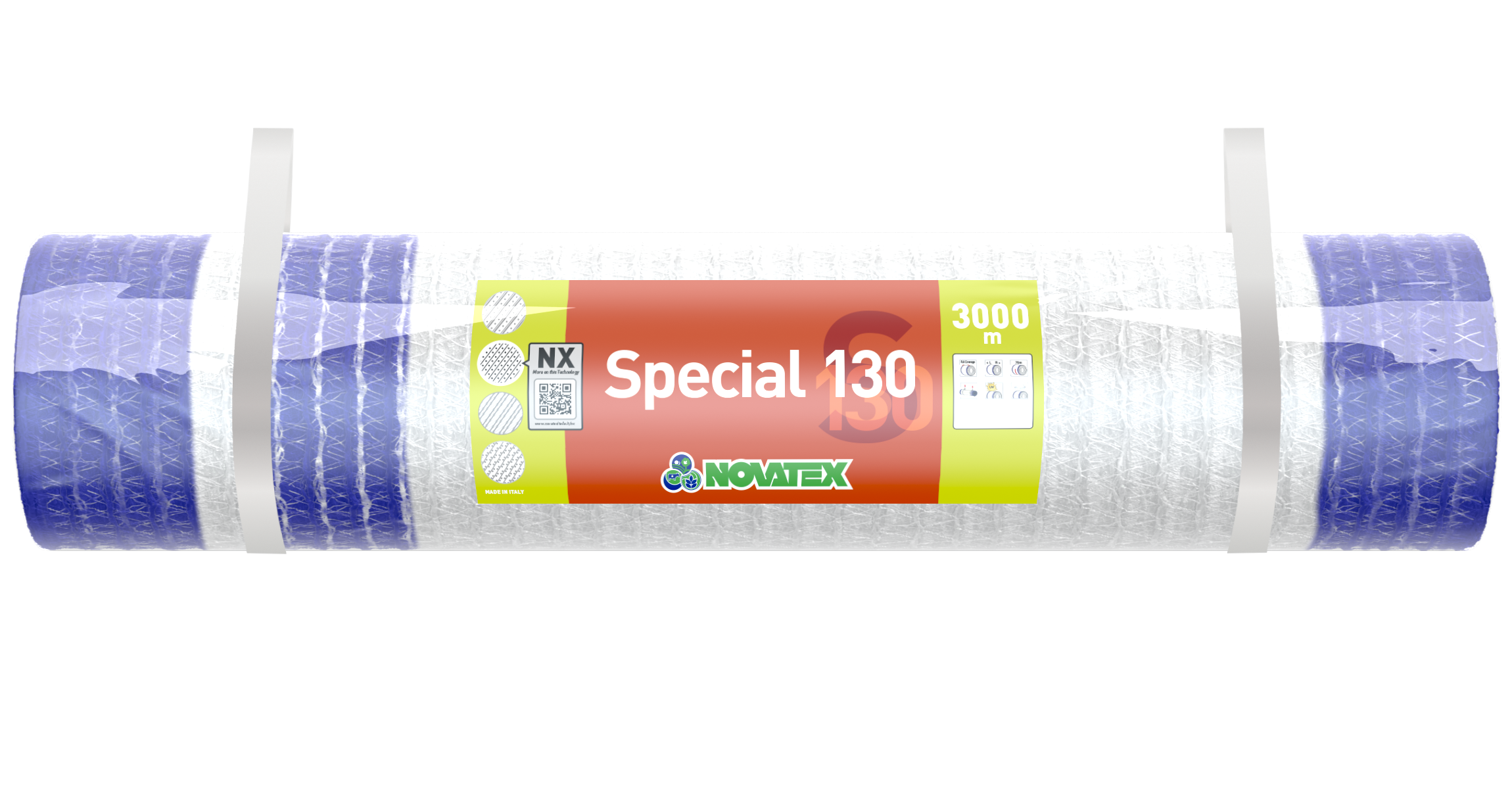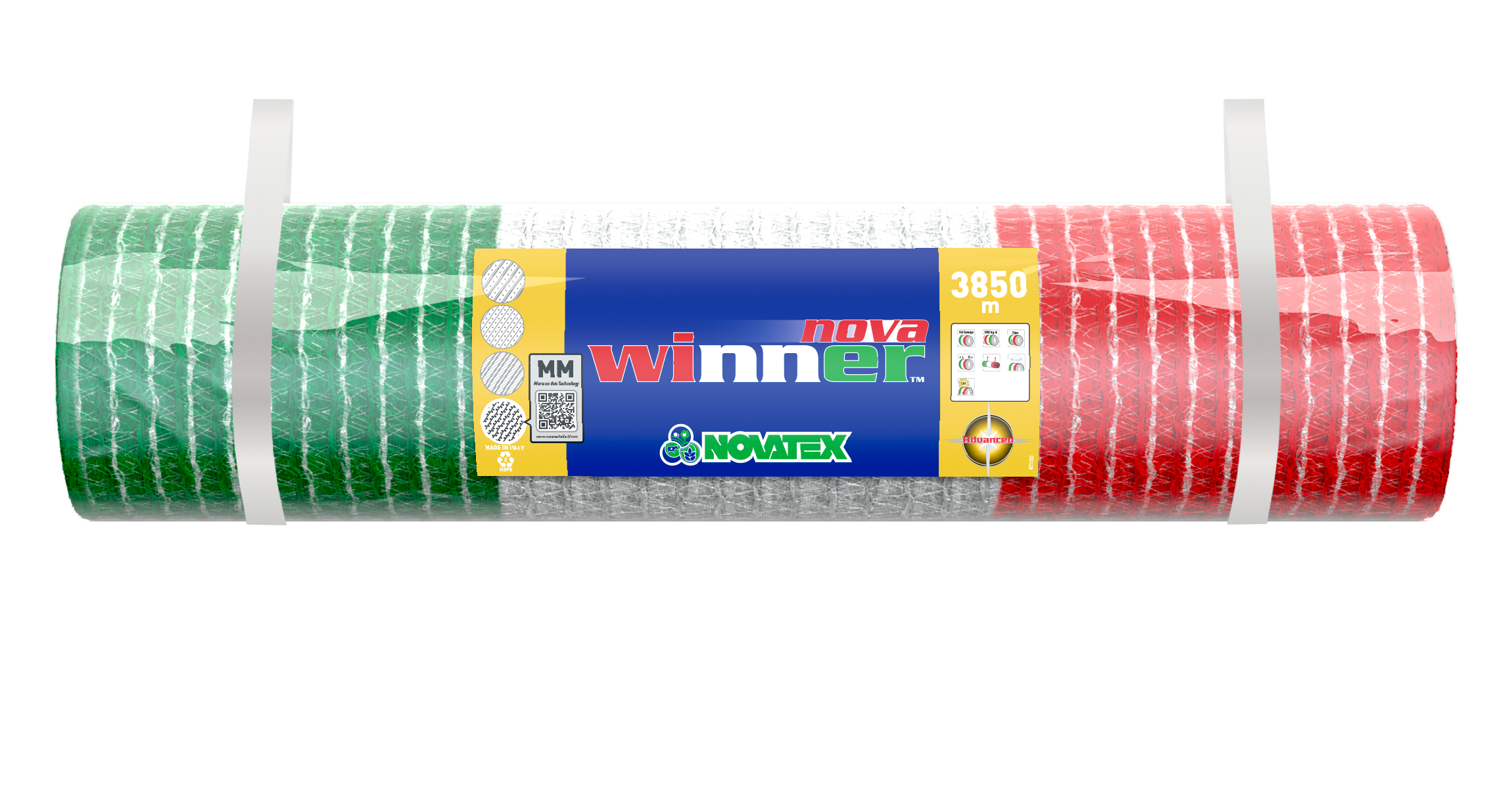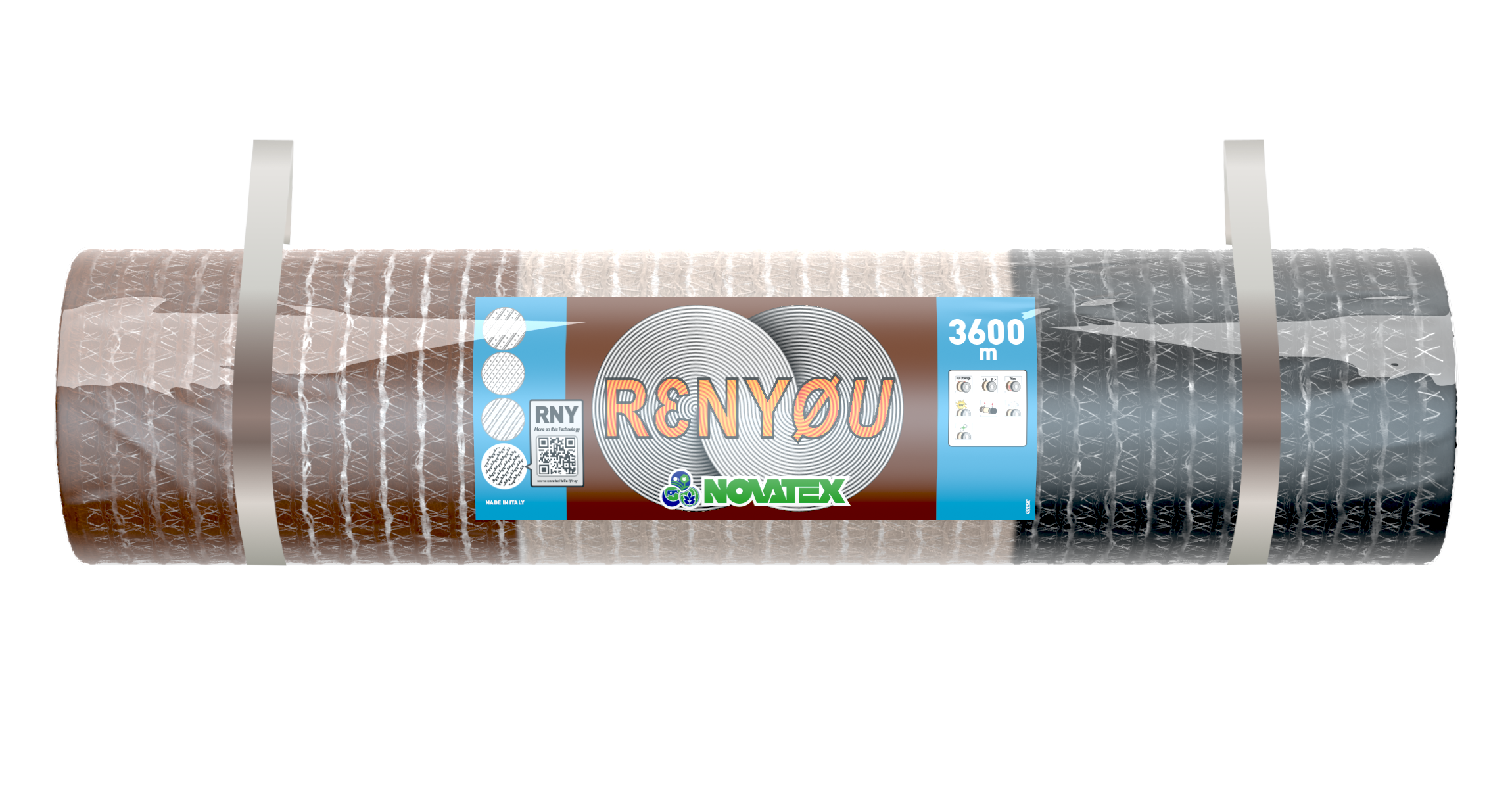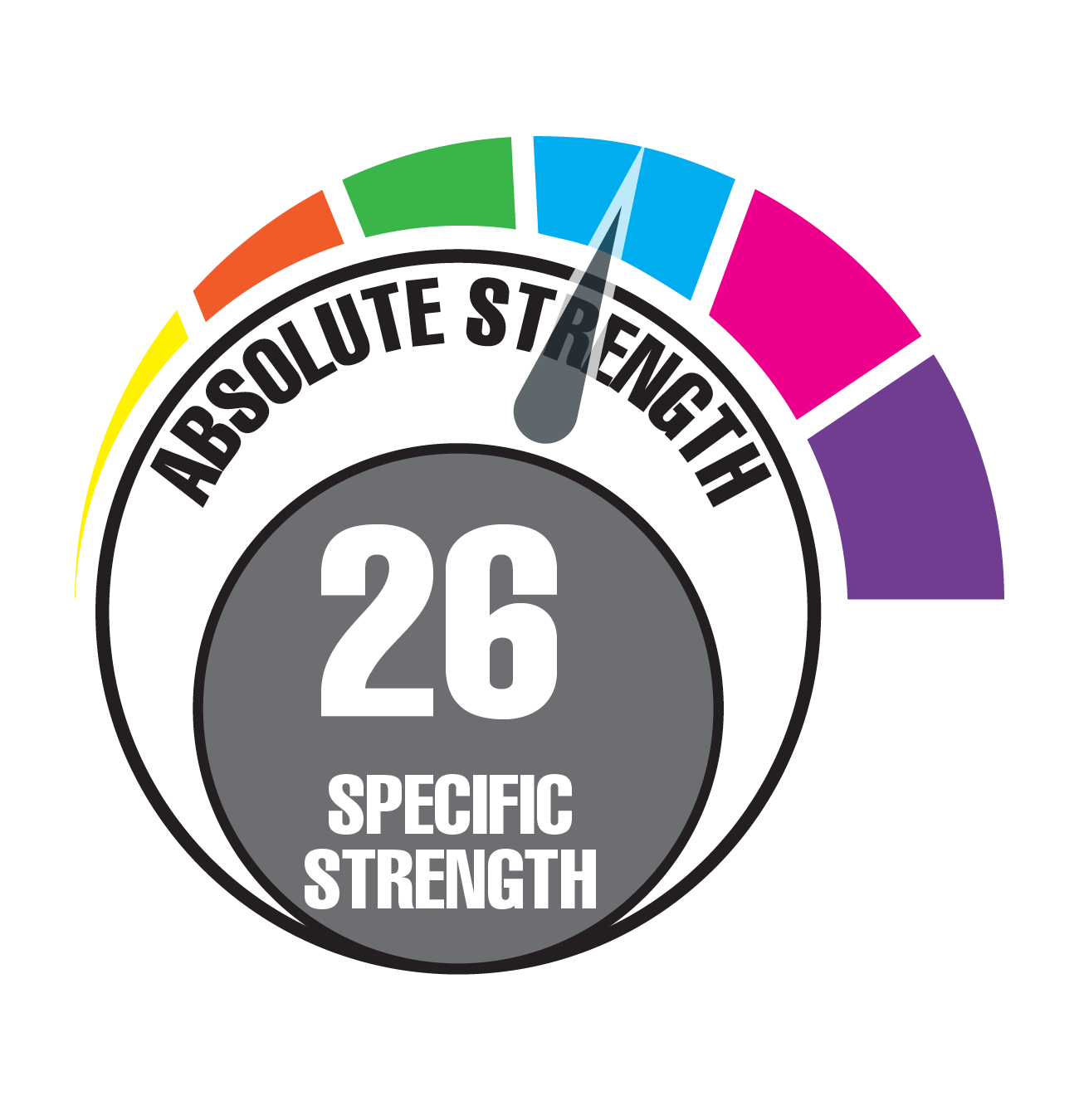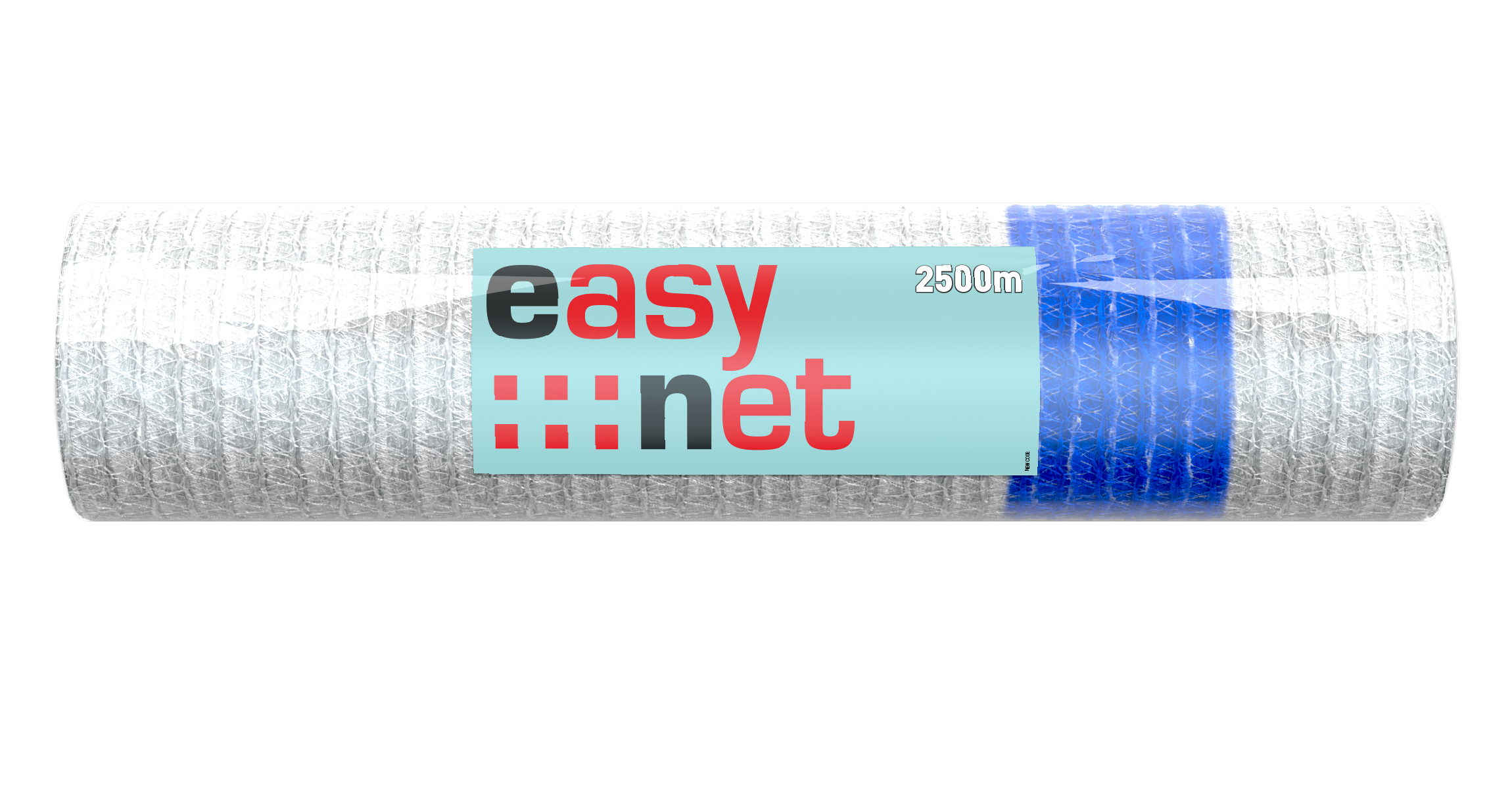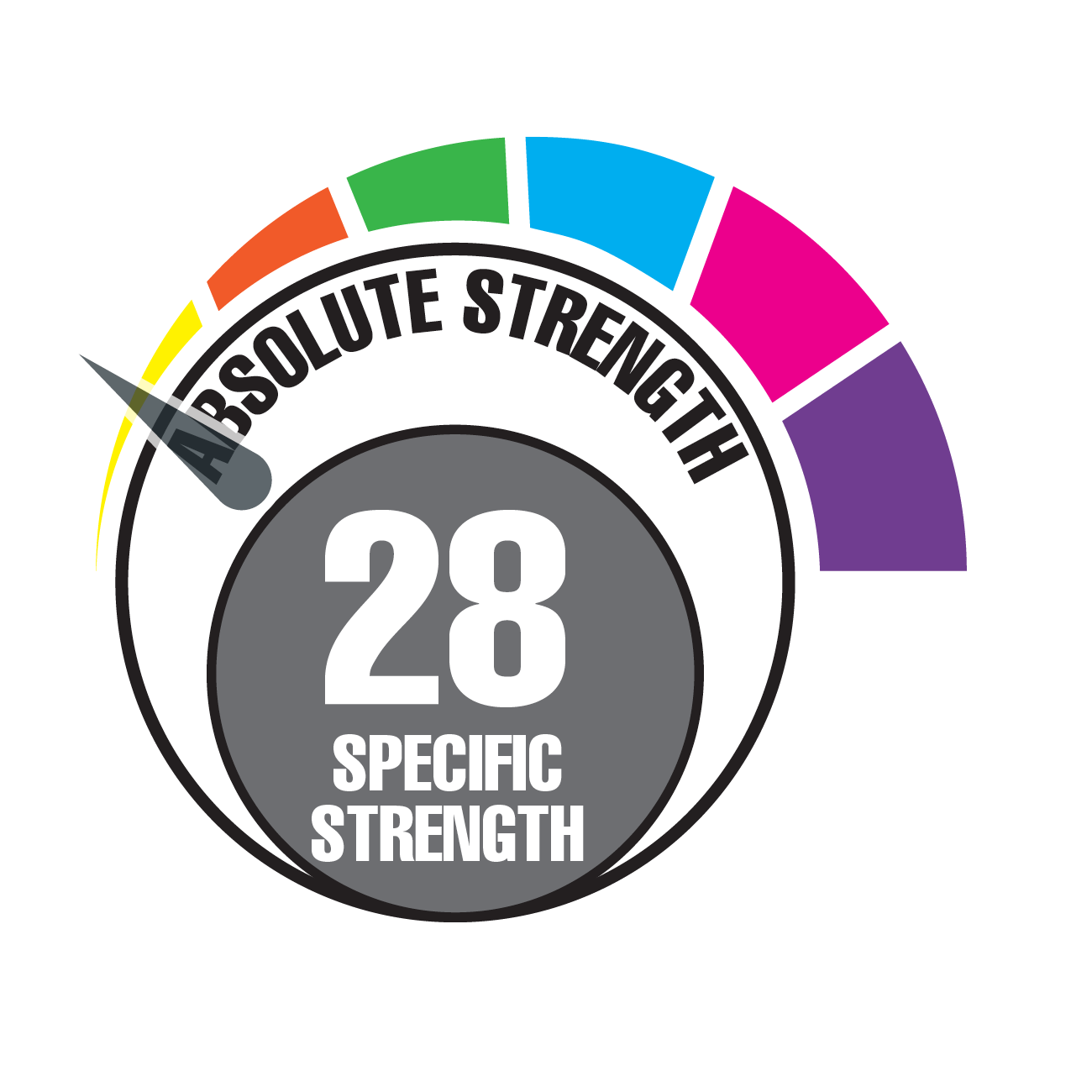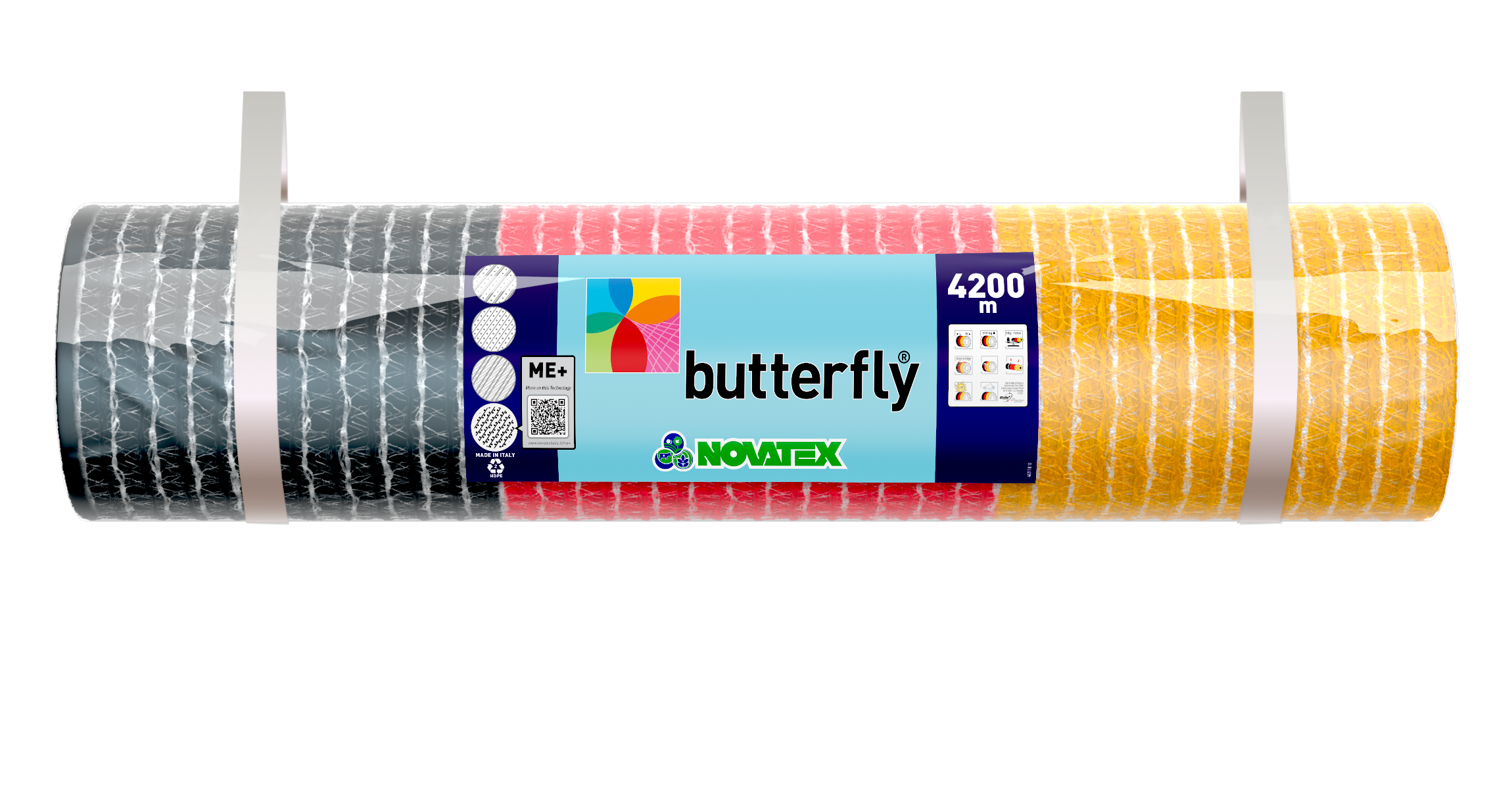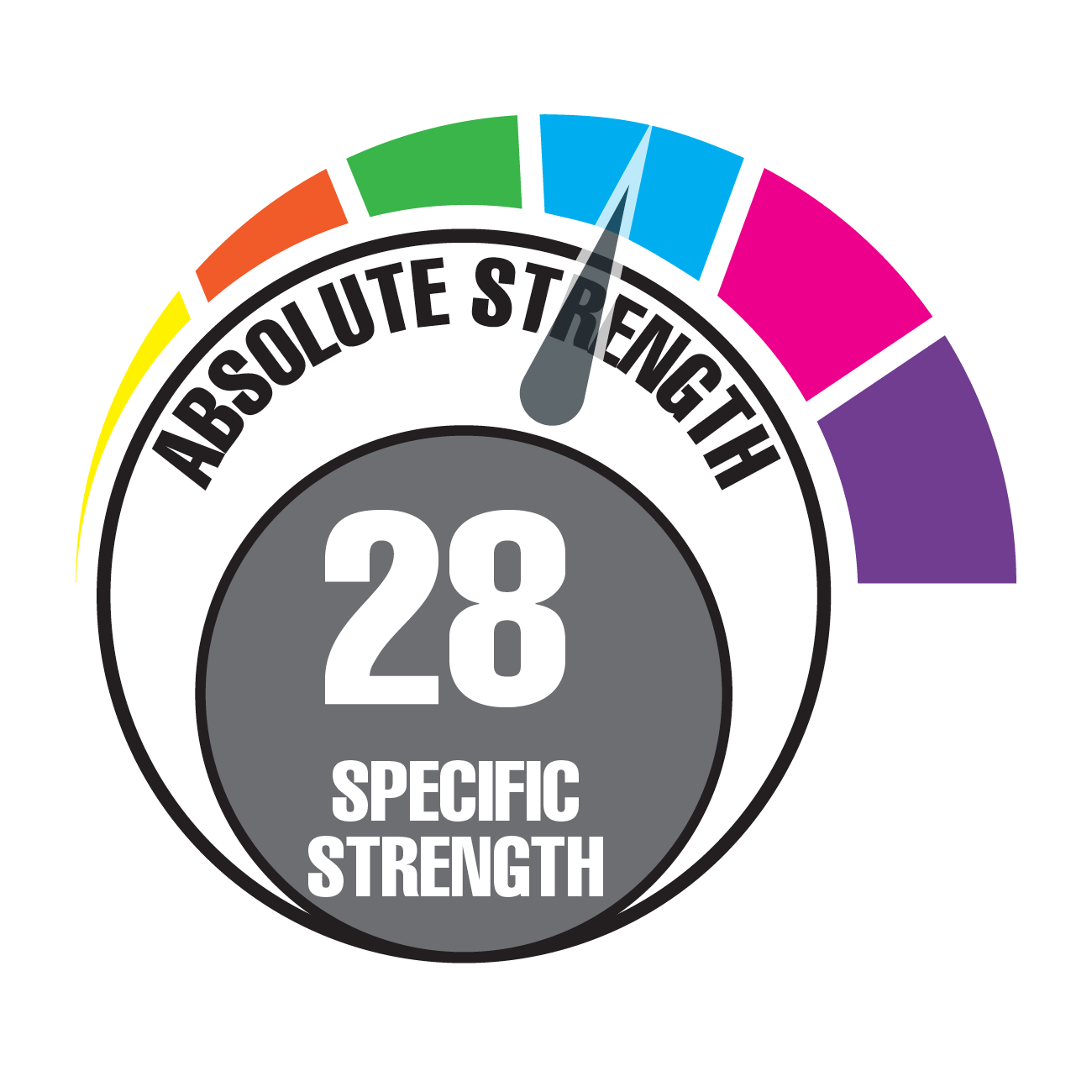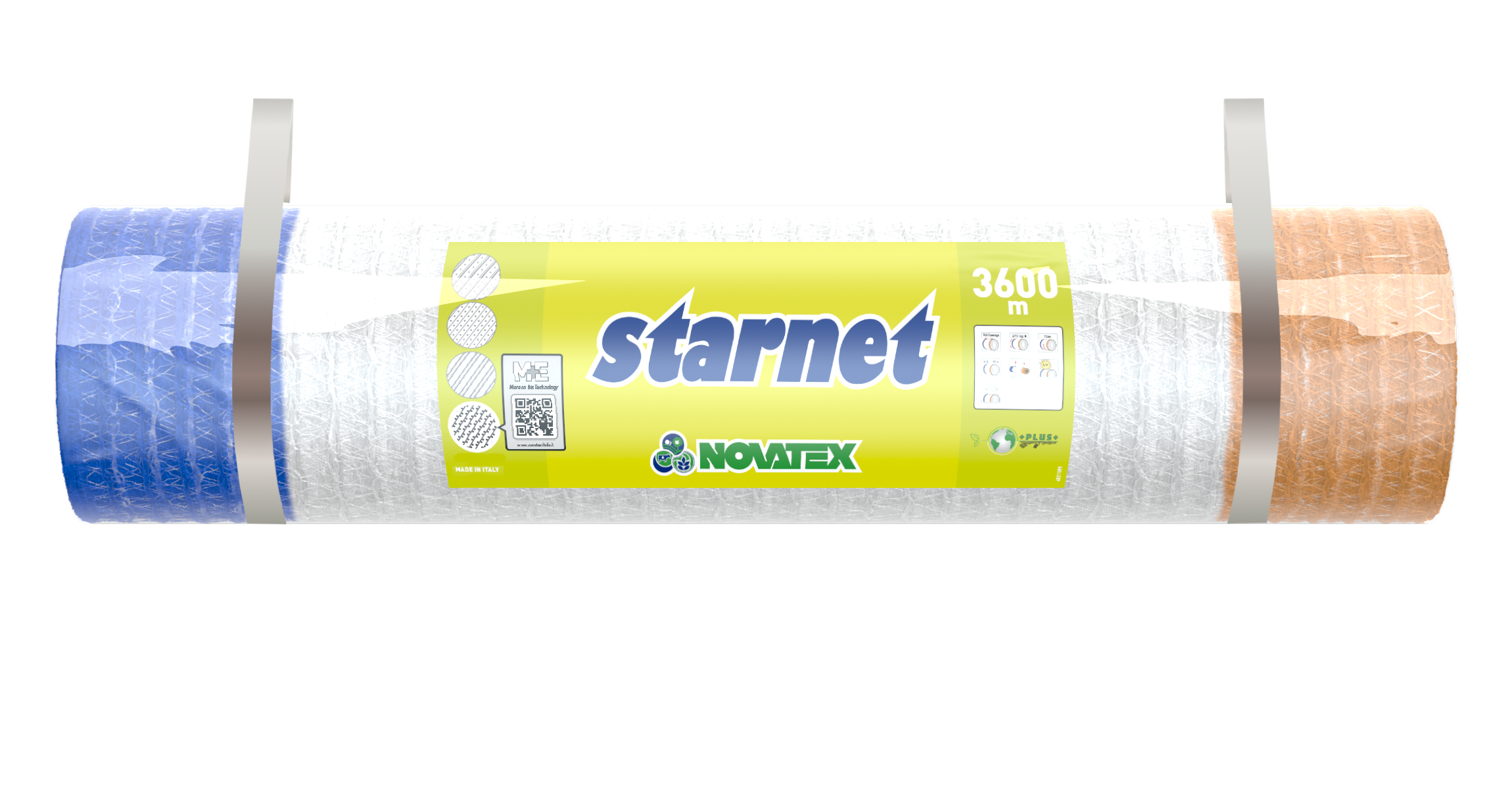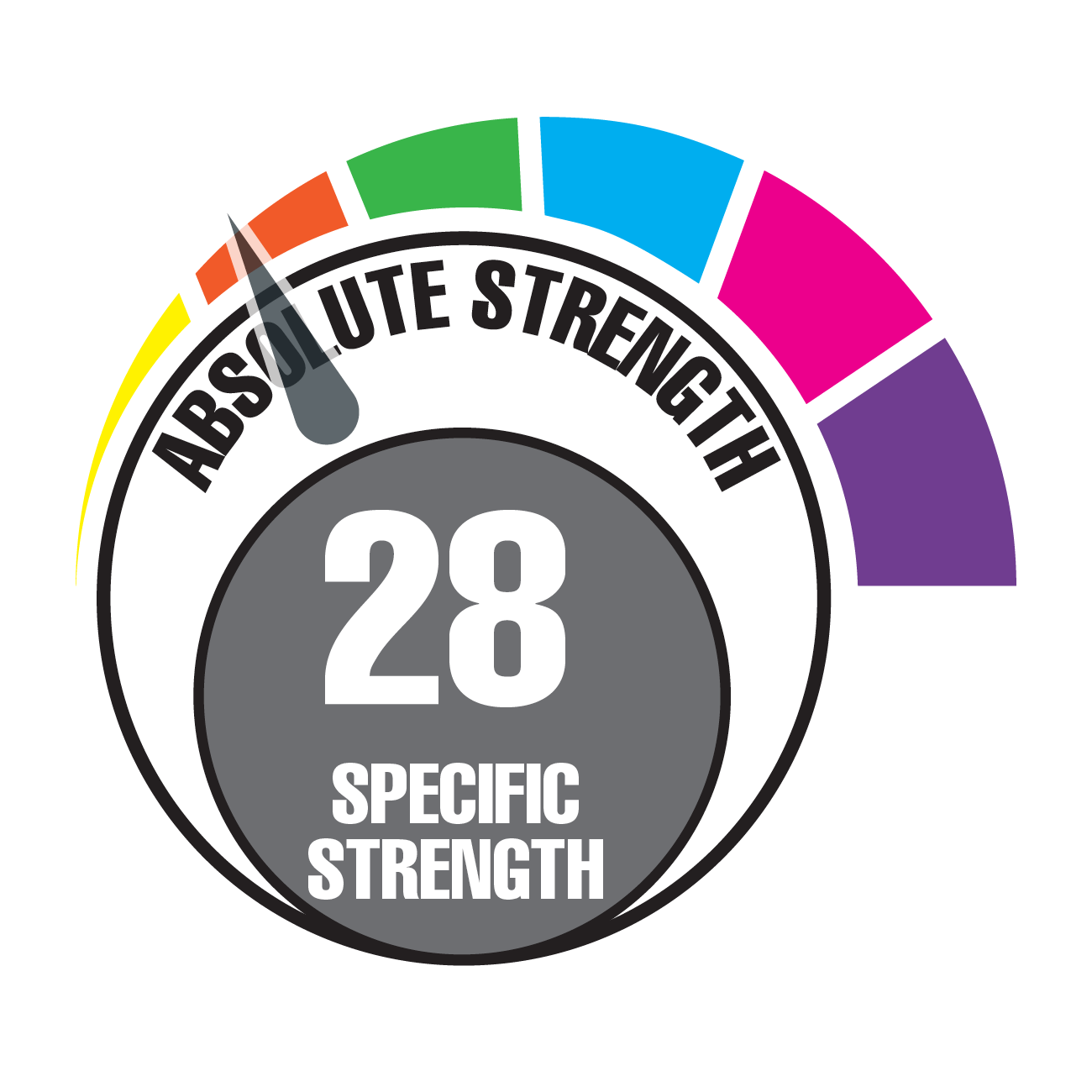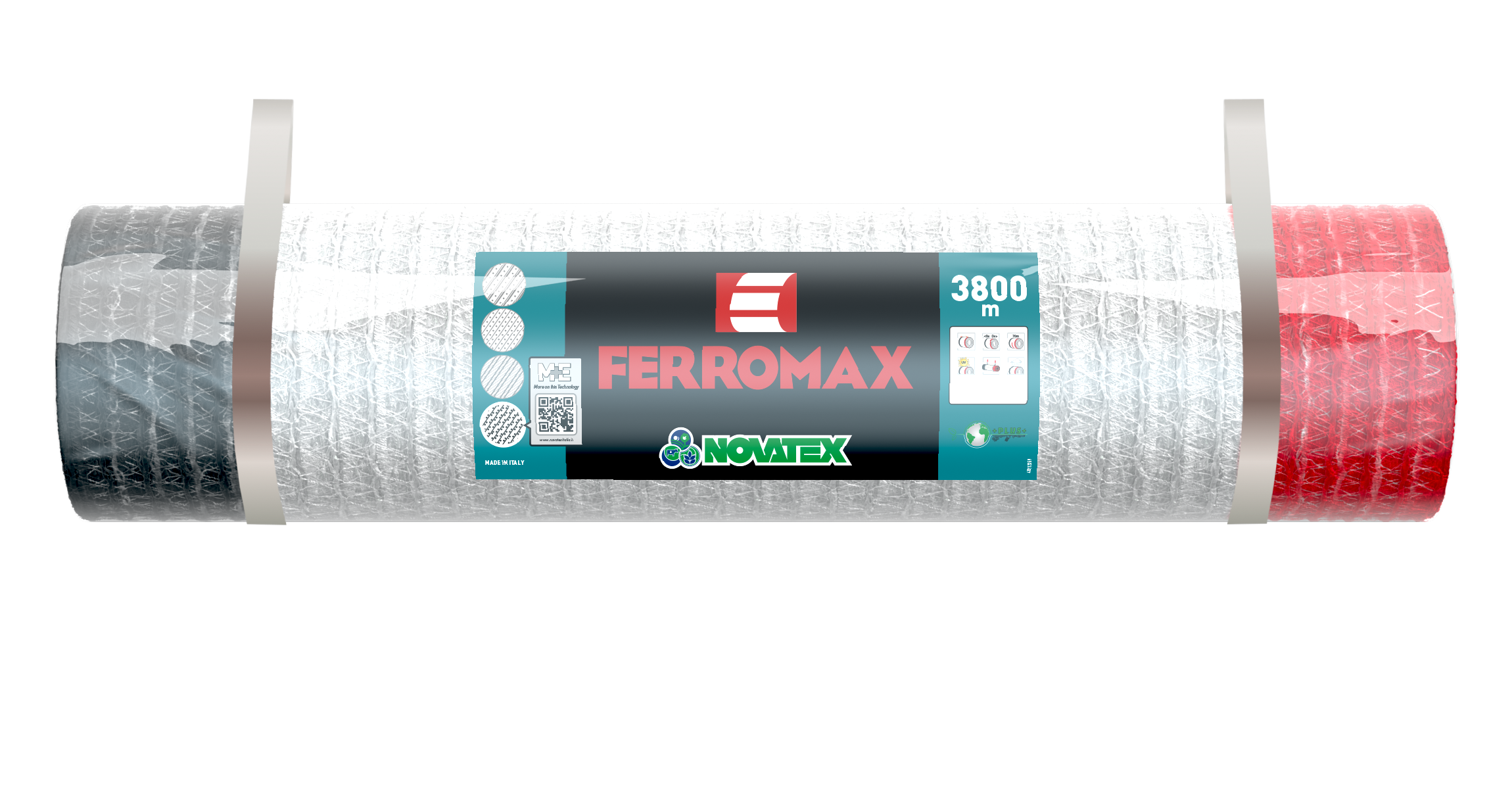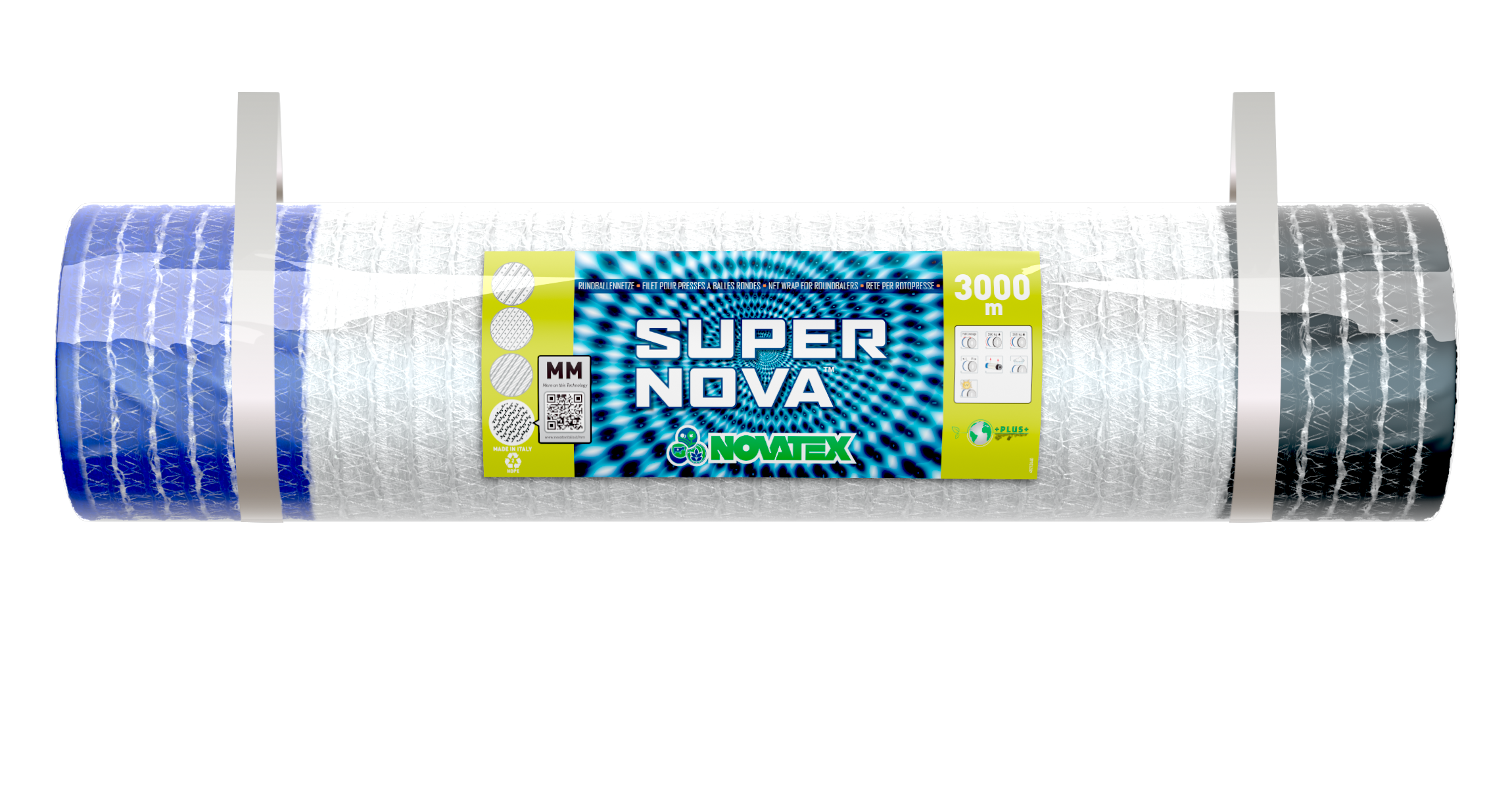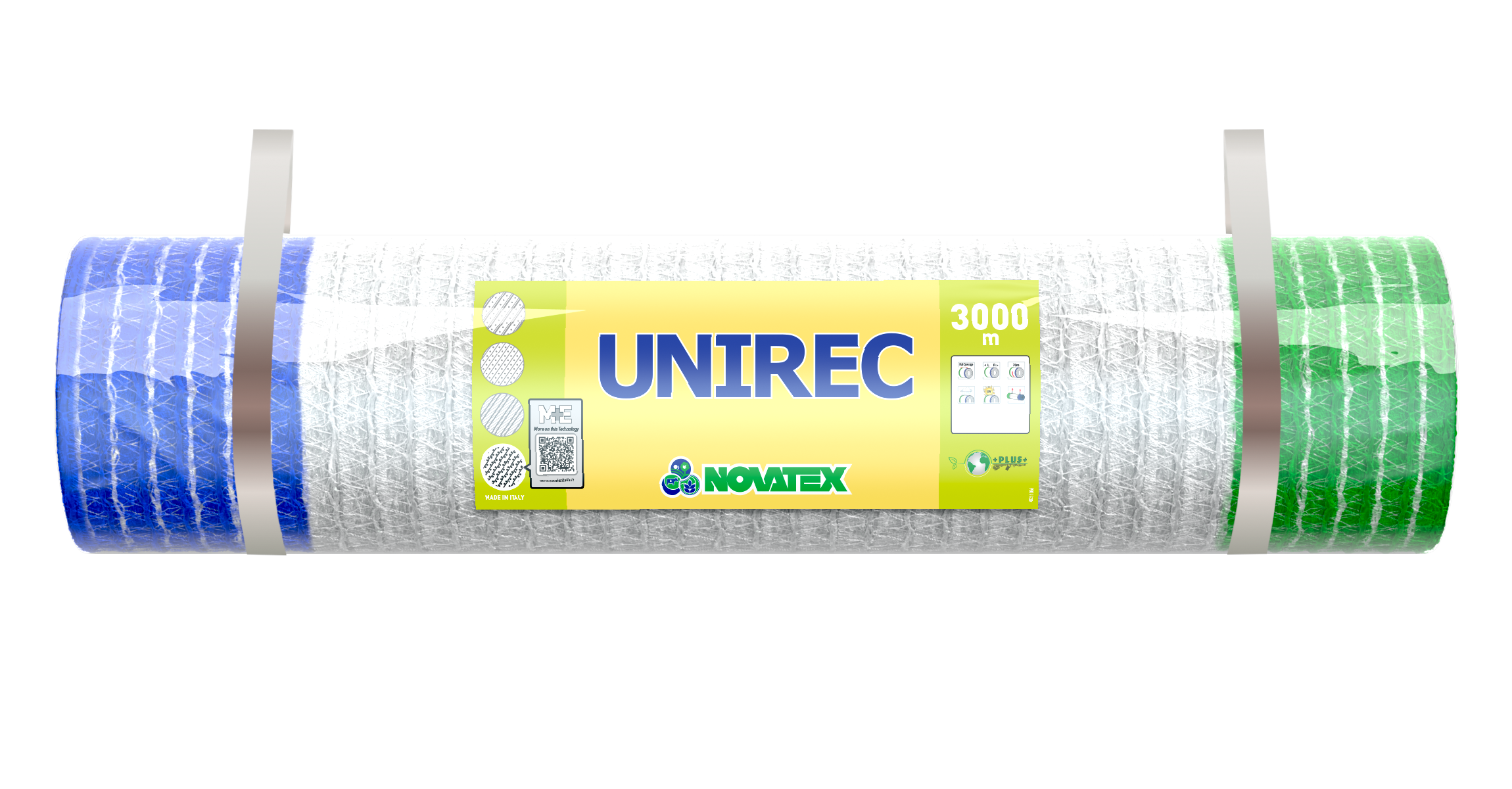Straw
Technology
There are various types of straw (soft wheat, durum wheat, barley, oats, rice, millet, rye and spelt), and they are greatly different. This is due to the variety of course, but also to the length of the chopping and especially to the seasons’ conditions – more or less rainy, more or less hot – and the harvest’s conditions. All these variables may have a significant impact on the harvest’s mechanism, resulting in additional stress for the performing net. Straw is a fibrous product and difficult to compress (worse when short and dry). Once compressed, it releases a huge amount of energy inside the bale. In addition to this, straw is a particularly hygroscopic material, it reacts thus to changing humidity conditions. Nets for straw must meet the highest standards of strength, forage grip and steadiness. For this reason, due to the ‘explosive’ characteristic of this compressed forage, it is essential to know how to calculate the right number of net windings to avoid nasty surprises.
Advise
Avoid the hottest hours for the harvest operations, the early part of the morning or late afternoon are the ideal timing. Gradually test the baler pressure, starting from an average value and then, if necessary, raise it later. Wrap the bales with at least 4.5 turns of net. Do not leave the bales on the field for long, instead transport them in a short time to a covered place.
Ideal for straw!
Products category
Contact information
- +39 0341 267611
- novatex@novatexitalia.it
- Via per Dolzago 37, 23848 Oggiono LC, Italy
- YouTube
Copyrights Novatex Italia SpA 2023. All rights reserved.

